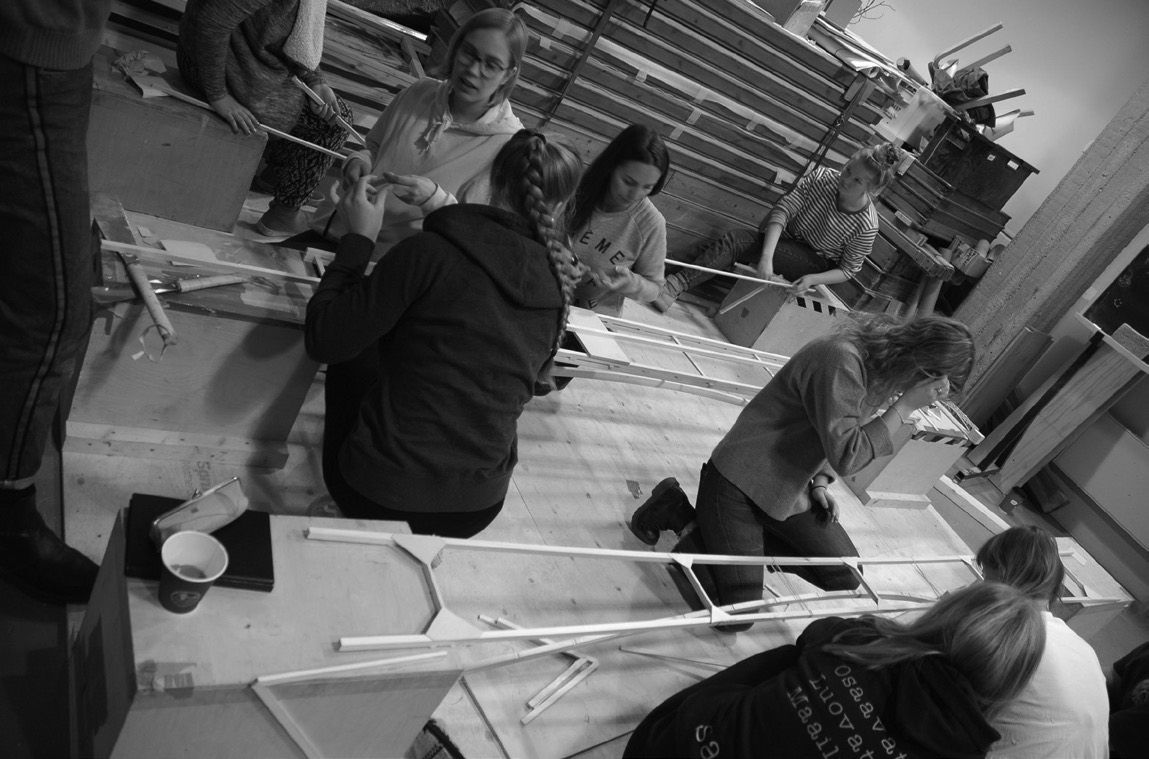A Reflection on Architectural Education Across the Nordic Baltic Academy of Architecture NBAA
Downloads
DOI:
https://doi.org/10.51588/eaaeacp.30Keywords:
architectural education, NBAA network, citizenship, cosmopolitanAbstract
This paper is the result of multiple forms of inquiry on architectural education across the sixteen schools of architecture part of the Nordic Baltic Academy of Architecture NBAA.
In particular it reports the following:
— Fourteen in-depth conversations conducted with architectural students during October, November, December 2018, and January 2019 across eleven schools of architecture part of the NBAA: KADK in Copenhagen, Chalmers in Gothenburg, AHO in Oslo, BAS in Bergen, VGTU in Vilnius, VDA in Vilnius, RTU in Riga, EKA in Tallinn, Aalto in Helsinki, NTNU in Trondheim, and IUA Iceland University of the Arts in Reykjavik.
— A workshop on architectural education with the second-year students in architecture conducted at the IUA.
— A reflection based on a questionnaire posed to all second-year students at the IUA (architecture, fashion, visual communication, and product) and international students who came to Iceland to participate to the multidisciplinary six-week live project called ‘Together 2019 a Platform for Citizenship Design’.
How to Cite
Published
Issue
Section
License
Copyright (c) 2019 Massimo Santanicchia

This work is licensed under a Creative Commons Attribution 4.0 International License.
References
Deamer, P. ed. (2015). The Architect as Worker, Immaterial Labour, the Creative Class, and the Politics of Design. London: Bloomsbury Academic.
Charmaz, K. (2014). Constructing Grounded Theory. Thousand Oaks: Sage Publications.
Giroux, H. (2011). On Critical Pedagogy. London: Bloomsbury.
Giroux, H. (1980). Critical Theory and Rationality in Citizenship Education, Curriculum Inquiry, Vol. 10, No. 4 (Winter,1980), pp. 329–366 Published by: Blackwell Publishing on behalf of the Ontario Institute for Studies in Education/University of Toronto
Guðjohnsen, R. Þ. (2016). Young People’s Ideas of What It means to be a Good Citizen. The Role of Empathy, Volunteering and Parental Styles (published doctoral dissertation). University of Iceland, Reykjavik, Iceland.
Heller, S. and Veronique Vienne eds (2003). Citizen Designer: Perspectives on Design Responsibility, New York: Allworth Press
Lorentsen, E. & Torp, K.A. eds (2018). Formation, Architectural Education in a Nordic Perspective. Copenhagen: Nordic Baltic Academy of Architectural, Publisher B.
Nussbaum, M. (1994). Patriotism and Cosmopolitanism, The Boston Review.
Resnick, E. (2016). Developing Citizen Designers. New York: Bloomsbury Academic.





